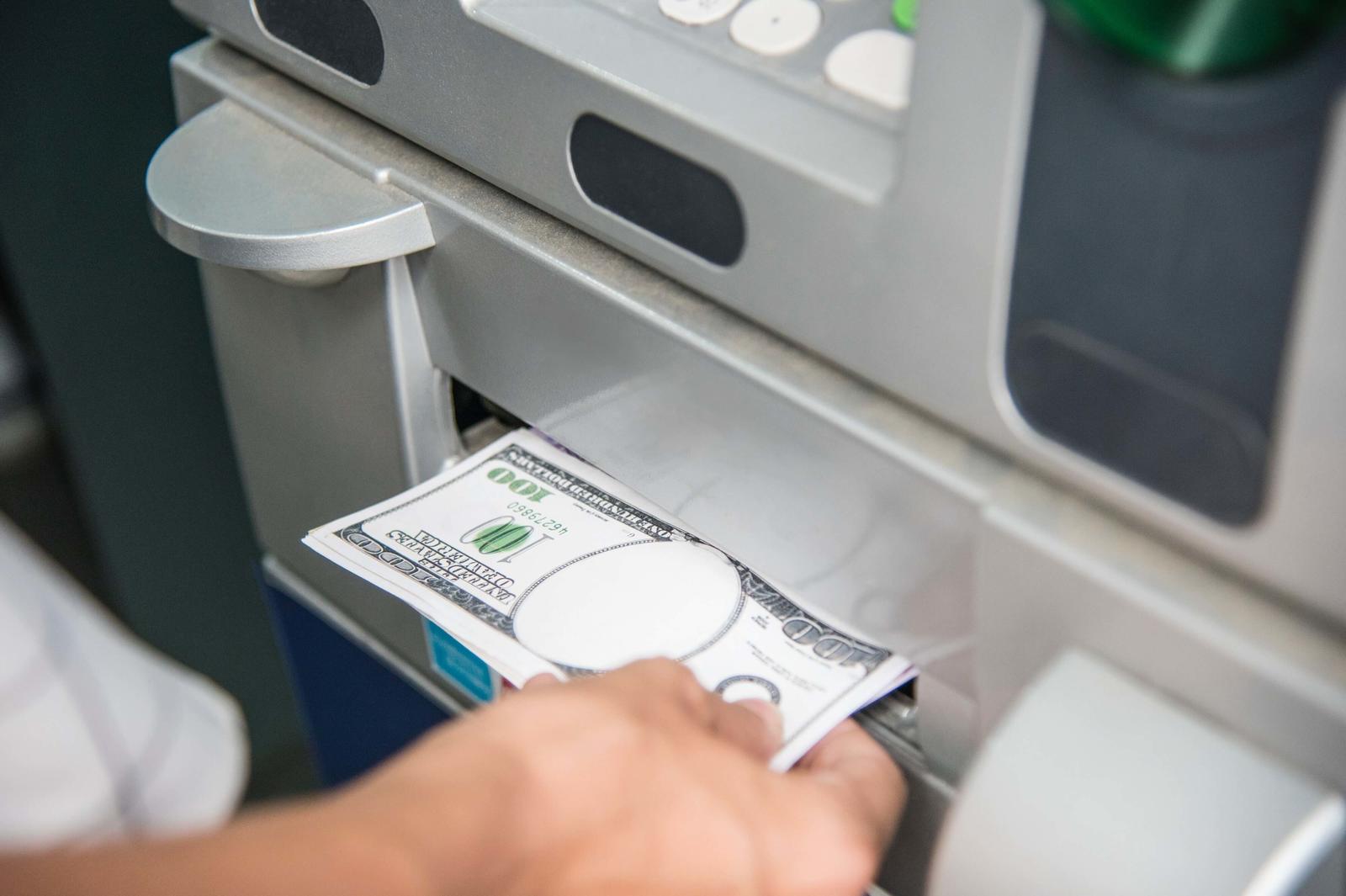FairPlanet researched why and who live “unbanked”. Globally, about 1.7 billion adults remain unbanked – without an account at a financial institution or through a mobile money provider.
In the past 3 years, since the The Global Findex report was published, 515 million more adults have opened a form of financial services account.
According to the new data, 3.8 billion people — or 69% of adults — now have access to a bank account or an account through a mobile money provider.
Between 2014 – 2017, this has contributed to an increase in the amount of account owners digitally sending/ receiving payments.
This has risen from 67% to 76% globally, and in the developing world from 57% to 70%.
The acceleration in mobile phone and internet access has been critical to the growth, and has led to a significant increase in the use of mobile phones and the internet to conduct financial transactions.
Statistics
- In 2014 there were 2 billion unbanked people.
- Account ownership is almost universal in high-income economies, hence, all unbankedadults live in developing economies.
- China and India, despite having relatively high account ownership, claim large shares ofthe global unbanked population because of their size. 225 million adults living there are without an account. China has the world’s largest unbanked population, followed by India (190 million), Pakistan (100 million), and Indonesia (95 million).
Who are the people who are“unbanked”?
- There are more unbanked women than men; 56% of women and 44% of men.
- About 980 million women do not have an account.
- Globally, about a quarter of unbanked adults live in the poorest 20% of householdswithin their economy, about twice the share living in the richest 20%.
- Sorting households within each economy into two groups shows that half of unbankedadults come from the poorest 40% of households within their economy and the other halflive in the richest 60%.
- This global pattern is replicated in many economies where half or more of adults areunbanked, such as Colombia, Ethiopia, Indonesia, and Nigeria. In these economies unbanked adults are just as likely to come from poorer households as from wealthier ones.
- Globally, 30% of unbanked adults are between 15 – 24 years old.
- The majority of unbanked men – 68% – employed or seeking work. But for women 59%are out of the labor force altogether.
“Globally, 31% of adults are unbanked”
How can we solve the problem?
- Decentralization offers security on both ends of the transaction in these cases, and the customer can rest easy knowing that their funds are recorded on a blockchain.
- Blockchain payments allow for cheaper money transfers and lower account fees while upholding security and transparency.
- Open banking allows for new players to enter the field and begin assisting the underbanked in ways that have never before been allowed, and blockchain technology is poised as a key component in the entire process.
- With are a few companies emerging in this field and companies, such as FairPlanet, that host these payments, we can see a push for financial inclusivity.
- Serving adults who live on less than $5 a day is not only possible at scale—to a large degree, it is already happening.
Why mobile phones are important?
- 75% of the world’s poor are unbanked but mobile phones are revolutionising this. Today there is a wide range of smartphones available for $50 or less and two-thirds of unbanked people own a mobile. According to Text Local, “21% of smartphone users are online for more than 3 hours per day”. People will soon use their phones for banking more and more now that everyone is online.
- Problems are increasingly being tackled with mobile phones, popular non-traditional banking tools that often do not require users to travel or set up an account at a brick-and-mortar branch.
- Mobile banking services, which allows account holders to pay bills, make deposits or conduct other transactions via text messaging, has expanded to 16% of the market in Sub-Saharan Africa. Kenya, home of M-Pesa, where 68% of adults report using a mobile phone for money transactions, has seen particularly impressive growth in this market.
- Robert Zoellick, president, World Bank, says: “Providing financial services to the 2.5 billion people who are ‘unbanked’ could boost economic growth and opportunity for the world’s poor. Harnessing the power of financial services can really help people to pay for schooling, save for a home, or start a small business that can provide jobs for others.”
Further information: How can challenger banks and fintech help?
- Fintech solutions – several categories of fintech which can be run for unbanked populations – deposit, lending and capital raising.
- Fintech startups in China: TNG – Aim to be a digital bank for the unbanked. It can be accessed in 12 countries and 190,000 spots.
- Fintech startups in India: SHIKSHA – Disbursed loans to 108 schools, with over 180 customers. Kyash – Helps to make payments more accessible, especially for Indians who are unable to pay online. Runs in 3,000+ cities and 30,000+ payment points.
- Fintech startups in Pakistan: Creditfix – has an initiative to build a credit marketplace that draws on alternative data to assess credit worthiness among unbanked consumers. Had 50,000 potential customers in August 2017. ARANDAAZ – Set up by the UKs Department for international Development and by Bill and Melinda Gates foundation. Provides grants to a number of local initiatives to develop and promote financial technology solutions in Pakistan. Impact 93,000 unbanked farmers given access to finance.
- Fintech startups in Indonesia: Around P2P providers operating.
- In the UK, Payment Cloud Technology won the Best Use of Technology Award. They haddelivered over 20,000 inclusive transaction accounts to previously underserved and unbanked customers across the UK.



